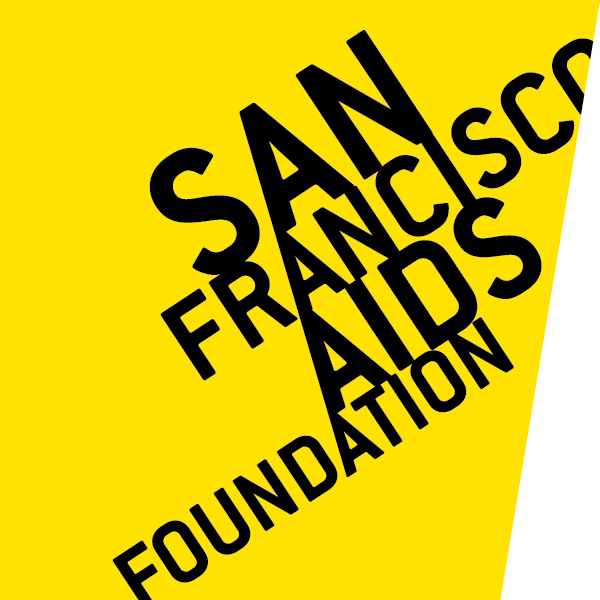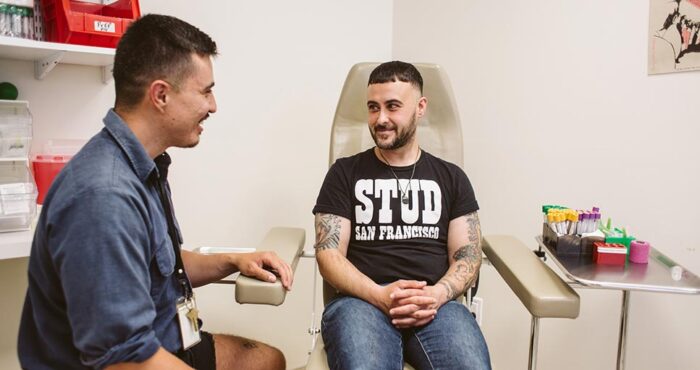Disappointing results from “kick and kill” HIV cure study, explained
At AIDS 2018, the 22nd International AIDS Conference held in July, researchers shared results from the RIVER study, the first randomized “kick and kill” HIV cure study with human participants. Although the study showed no evidence that the combination treatment reduced the viral reservoir, experts explain that future “kick and kill” HIV cure treatments may still hold promise.
Sarah Fidler
Sarah Fidler, MBBS, PhD, FRCP (Photo: Imperial College London)
“I don’t think the take-home is that this approach is incorrect,” said Sarah Fidler, MBBS, PhD, FRCP from Imperial College London, who presented the RIVER study results. “It may be that the latency reversing agent we used here is not potent enough, and there are, as you heard, many new agents under study and investigations coming forward.”
How might “kick and kill” lead to an HIV cure?
The viral reservoir refers to the collection of CD4 cells harboring HIV that can be found in places all over the body but especially in places like the gut, the spleen and the lymph nodes. These HIV-infected cells are said to be latent, or latently infected, because they’re not actively producing virus, and aren’t recognized and killed off by the immune system. Instead, they silently persist in the body, enduring through antiretroviral therapy (ART).
If a person living with HIV stops ART, cells that are part of the viral reservoir can start producing more virus, leading to an increase in viral load or “viral rebound.”
Clearing the body of the viral reservoir would mean being cured of HIV. “Kick and kill” is a two-pronged approach that would identify and activate cells in the viral reservoir and then prompt the immune system to kill them off.
One activating agent (the “kick”) would force cells that are part of the latent or viral reservoir to express viral proteins. A second agent (the “kill”) would prompt the body to produce HIV-specific immune cells that are then able to recognize and kill HIV-infected cells. In this way, as effective “kick and kill” therapy would force HIV-infected cells out of hiding and then help the body destroy them.
In the RIVER study, researchers used a “kick” agent named Vorinostat, a drug that is usually used to treat cancer. The “kill” was a T-cell prime-boost vaccine, previously shown to significantly increase T-cell responses to HIV.
How do we know “kick and kill” didn’t work in this study?
A total of 60 men participated in the RIVER study, all who had recently acquired HIV. Everyone in the study started ART immediately with an integrase inhibitor-based regimen, and achieved an undetectable viral load. Upon confirmation of an undetectable viral load, individuals were randomized to either stay on ART or continue ART and receive the kick and kill therapy.
People who were selected to receive the “kick and kill” therapy received the prime-boost vaccine, and took 10 doses of Vorinostat.
Researchers compared the amount of total HIV DNA in peripheral blood CD4 cells (an indication of the size of the viral reservoir) after 16 and 18 weeks between the people who received the “kick and kill” therapy, and the people who did not.
There was no difference in the size of this measure of the viral reservoir between people who were only taking ART and people who received the “kick and kill” strategy.
“The result is definitive, but it’s disappointing,” said Fidler.
Steve Deeks, MD, from the University of California, San Francisco, said that although results from this primary endpoint were disappointing, we still “have no idea whether this [kick and kill strategy] works or not.” The measure of HIV DNA in peripheral blood CD4 cells—used as a surrogate measure of the viral reservoir—may not be a fully accurate measure of the viral reservoir’s size, or how well the body’s immune system can control the virus if ART is stopped.
“We don’t really have a good measurement for the reservoir and we don’t really know how to measure the immuno correlates of control,” said Deeks. A planned treatment interruption—provided that it could be done safely—would give additional information about the treatment’s success (or failure), said Deeks. With a planned treatment interruption, participants in the study would be taken off of ART to see how quickly and to what extent their viral loads rebound.
At the press conference, Fidler agreed with this point, sharing that although the study didn’t show one of the primary endpoints, “it doesn’t necessarily mean that these people are not in remission, and it doesn’t necessarily mean the concept is incorrect.”
Why didn’t “kick and kill” treatment work here?
The component parts of the study seemed to work as expected: Vorinostat inhibited histone deacetylation and the prime-boost vaccine induced potent CD4 and CD8 T-cell responses. Yet the combined effect did not appear to have the intended effect on the viral reservoir.
Sharon Lewin, professor of medicine at The University of Melbourne, contextualized the current state of HIV cure research at an AIDS 2018 press conference, and raised the possibility that newer kick agents may have a greater effect than the “first generation” kick agent Vorinostat.
“[Vorinostat] was what we were using in 2014, and there have been some significant advances and other agents to choose,” she said. “We’re certainly seeking encouraging results in some monkey studies using this approach with a different activating agent, but those studies are yet to be translated into human clinical trials.”
It is also possible that the prime-boost vaccine did not produce quite the right immune response needed to target reservoir cells.
What will an HIV cure look like?
A realistic HIV cure will likely look more like HIV “remission” than complete eradication. The persistence of the viral reservoir will make it extremely difficult, if not impossible, to completely rid the body of HIV-infected cells, said Deeks.
Instead, “we’re going to need an immune system that will be able to take care of whatever virus is left—and it’s going to have to take care of that virus for 30, 40 or 50 years.” In other words, a cure would be some kind of therapy or vaccination that enables the body’s own immune system to keep HIV from replicating—even in the absence of ART.
“If we are truly going to use a cure remission to change the trajectory of this epidemic, it’s going to have to be scalable and affordable,” said Deeks. “Basically, one shot in the arm, and I think the only thing that can do that will be therapeutic vaccines—for which we have proof of concept outside of HIV. We really, really need a therapeutic vaccine. At the end of the day, it is not going to be very good at necessarily clearing the reservoir, but controlling the reservoir, which is what I argue is what we actually mainly need.”
—
Source
Fidler, S. A randomised controlled trial comparing the impact of antiretroviral therapy (ART) with a ‘Kick-and-Kill’ approach to ART alone on HIV reservoirs in individuals with primary HIV infection (PHI); RIVER trial. AIDS 2018, Abstract 12977.










